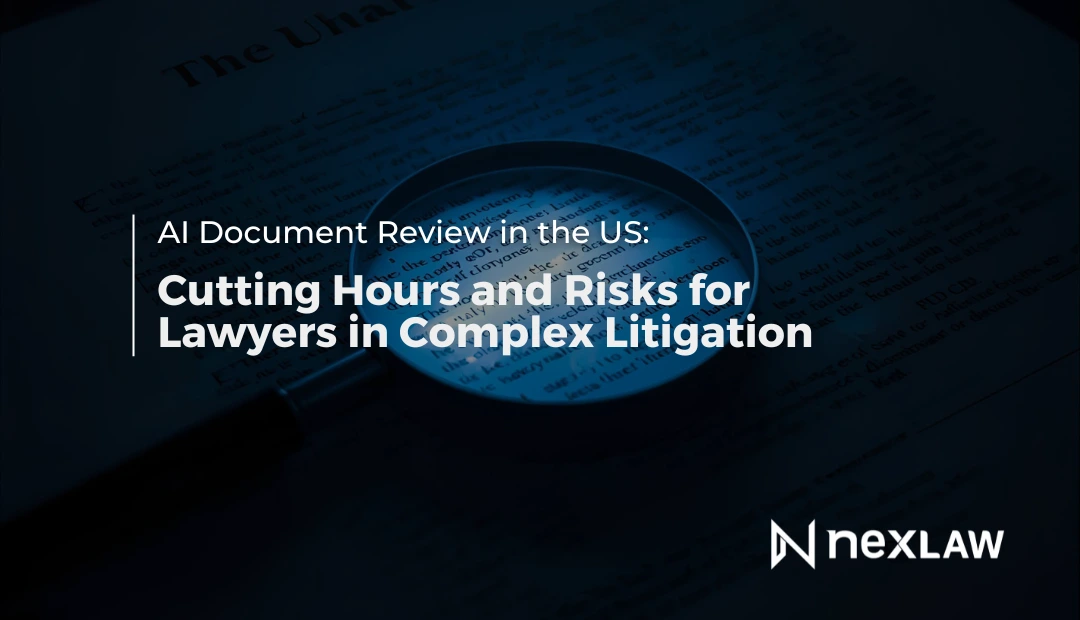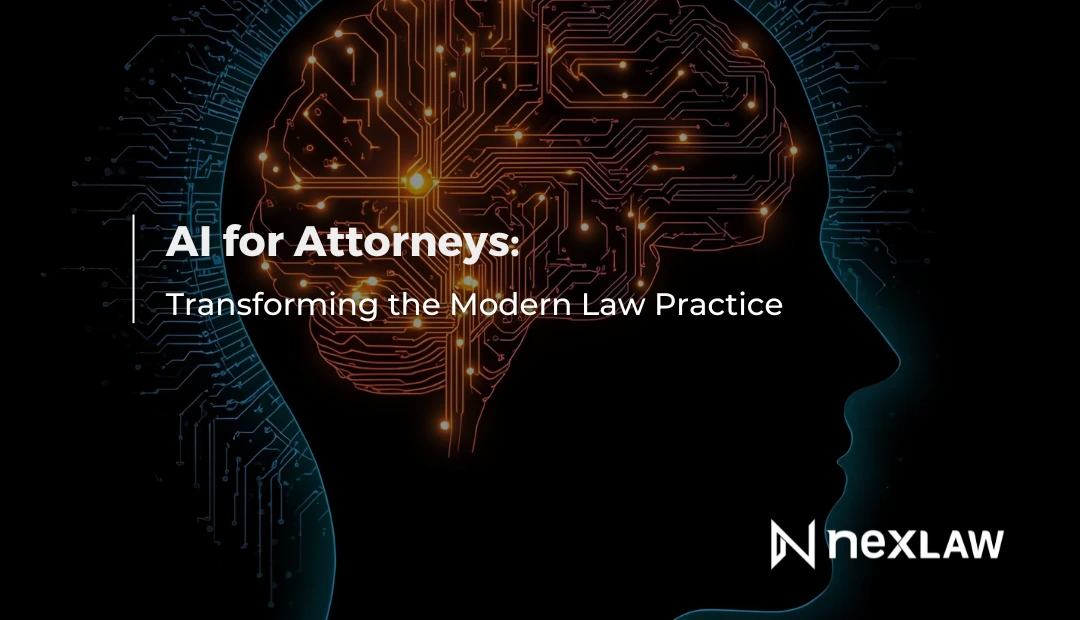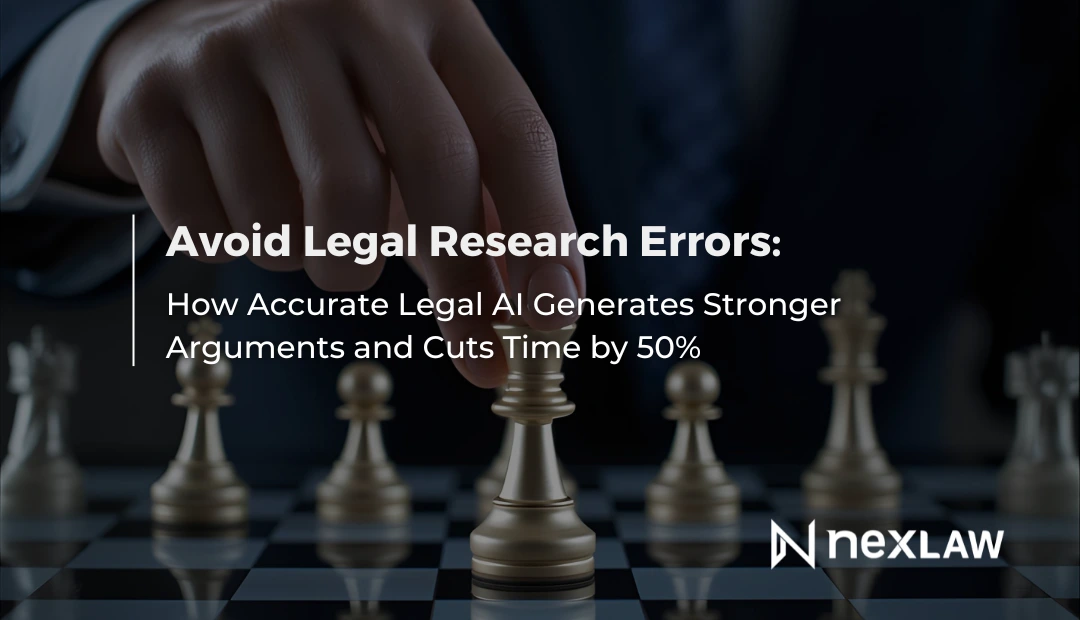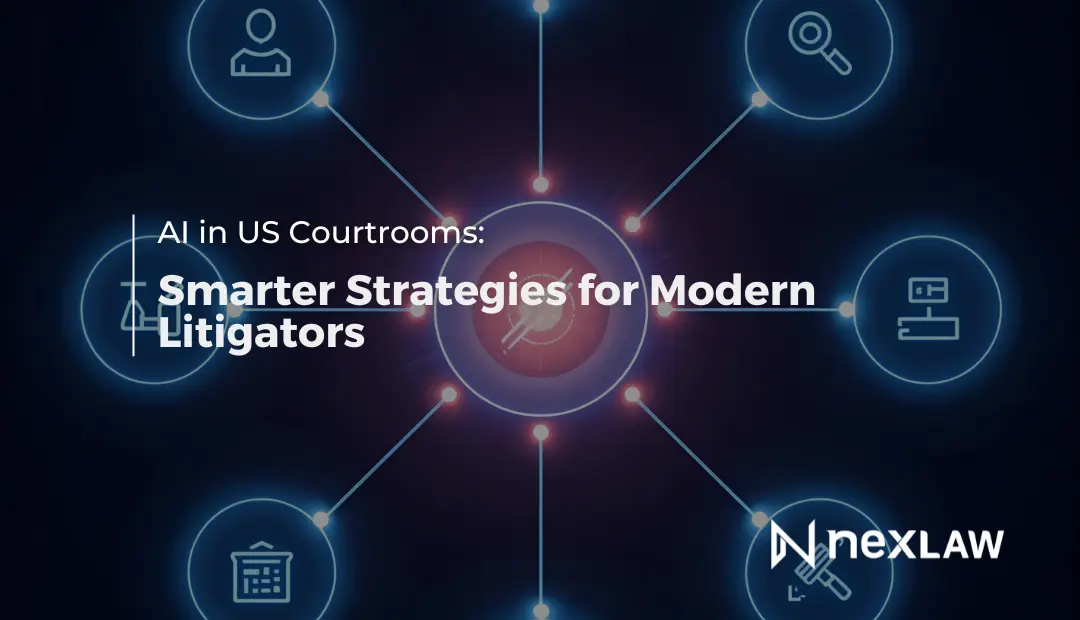AI Document Review in the US: Cutting Hours and Risks for Lawyers in Complex Litigation
For US litigators, especially those handling complex commercial or class-action cases, document review remains one of the largest cost drivers. Millions of pages of contracts, emails, filings, and memos often need to be sifted, categorized, and flagged—usually under tight deadlines and with high stakes.
Unlock Legal Insights Instantly!
In 2025, AI-powered document review tools are no longer experimental. They’re standard. Firms that fail to adopt them risk falling behind not just in efficiency but in accuracy, consistency, and strategy.
The Old Way vs. The AI Way
Traditional Document Review
- Dozens of attorneys manually read, tag, and organize files
- High cost, especially in cases with short discovery timelines
- Susceptible to human fatigue and inconsistency
- Hard to scale when documents exceed 100,000 pages
AI-Powered Document Review
- Documents are auto-tagged by issue, custodian, or risk level
- Irrelevant or duplicative files are deprioritized
- Named entities and legal terms are extracted automatically
- Flags sensitive or privileged information for quick review
Instead of days, AI lets firms process thousands of pages in hours—while improving oversight and strategic analysis.
How It Works: AI in Legal Document Review
AI systems use natural language processing (NLP), machine learning, and entity recognition to understand the context of each file. Here’s how the system typically operates:
Step-by-Step: AI Document Review Flow
- Ingestion Upload any volume of documents (PDFs, emails, spreadsheets, etc.)
- Classification AI sorts documents by topic, custodian, and relevance to legal issues
- Extraction Key facts, dates, parties, and clauses are pulled into a searchable database
- Clustering Similar documents (e.g., repetitive emails or template agreements) are grouped
- Redaction/Privilege Detection The system highlights documents with sensitive data or attorney-client communication
- Human Validation Attorneys review AI-prioritized batches, saving time while ensuring legal quality
Real-World Use Case: Securities Class Action
A US firm managing a securities fraud case with over 1.8 million emails used an AI document review platform. Within 48 hours, the system identified 36 key conversations and reduced the review set by 82 percent.
Without AI, the same review would have required over 3,000 hours of human labor and would likely have missed time-sensitive patterns across unrelated email threads.
The tool didn’t just reduce work. It improved accuracy by connecting facts across departments and timelines—insights that led to a favorable summary judgment motion later in the case.
Checklist: What to Look for in AI Document Review Tools
If you’re selecting an AI tool for your litigation team, make sure it supports:
- Native file compatibility (PDF, MSG, XLSX, DOCX, etc.)
- Concept-based search, not just keyword matches
- Auto-flagging for privilege, PII, and confidentiality
- Visual clustering of duplicates and near-duplicates
- Entity extraction (names, companies, financial data)
- Relevance scoring or ranking
- Seamless export to trial exhibits or prep systems
Bonus if it connects directly to your legal research or trial prep platform—which is where NexLaw comes in.
Risks of Not Using AI for Document Review
Law firms that stick to manual review face growing risks:
1. Time Waste Billable hours lost to redundant tasks that could be automated.
2. Errors and Inconsistency Fatigue and differing reviewer styles lead to missed flags or inconsistent tagging.
3. Cost Overruns Especially on fixed-fee or contingency cases, manual review drains profitability.
4. Security Gaps Larger review teams increase exposure to sensitive or privileged data.
5. Reputational Risk Missing or mishandling documents can lead to sanctions, delays, or courtroom embarrassment.
How NexLaw Streamlines the Review Process
ChronoVault 2.0, NexLaw’s flagship workflow system, includes an advanced AI document review module tailored for litigation teams.
With NexLaw, You Can:
- Upload entire case folders (emails, pleadings, PDFs) in one step
- Auto-generate a case chronology based on file contents
- Search by legal concept, not just keywords
- Link documents to issue tags, motions, or trial exhibits
- Surface gaps or conflicts in fact timelines
- Review red flags (privilege, risk level, relevance) faster
- Export directly into TrialPrep for presentation and courtroom use
This system turns unstructured data into a strategic timeline—letting you go from “document dump” to “trial-ready” faster and with fewer people.
Why It Matters in 2025
Litigation teams today are under pressure to deliver more value at lower cost. Clients are demanding efficiency. Courts are enforcing tighter deadlines. And competing firms are investing heavily in legal tech.
Document review is the most obvious place to gain ground:
- It’s repeatable
- It’s labor-intensive
- It affects every phase of the case
- And it can be optimized with the right tools
Firms that delay adoption risk losing ground to those who can prepare cases faster, price more competitively, and reduce error rates.
Review Smarter, Not Slower
AI doesn’t eliminate the need for legal review. But it does eliminate the need to waste time on what AI can already do better.
In complex litigation, the edge often lies in how quickly you can understand what matters and ignore what doesn’t. AI helps you find that edge sooner.
Start your 3-day free trial of NexLaw today and see how ChronoVault 2.0 transforms document review from a bottleneck into a strategic advantage.






